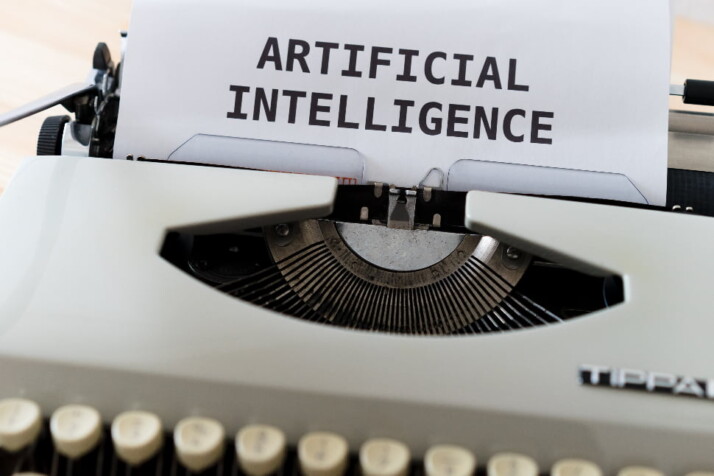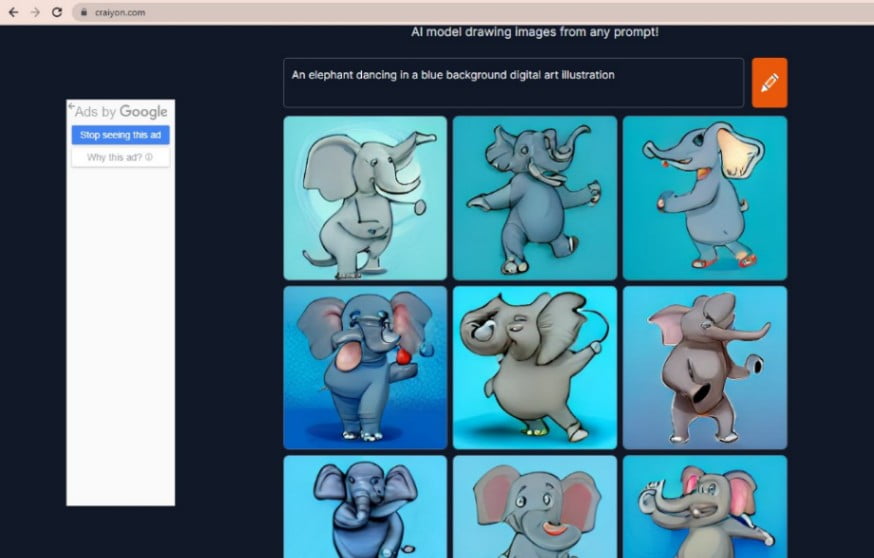Artificial intelligence image generators have gotten to the stage where we can all be excited about the future. Needless to say that these tools will redefine how we create images.
That’s wonderful because these AI tools can complement our brain output. We explore the various aspects of AI image generators and the quality of their output.
The article also points out the rough edges of these tools.

What Is an Artificial Intelligence Image Generator
Before exploring AI image-generating tools, we need to explain the concept of artificial intelligence first. Human activities require a modicum of intelligence to accomplish.
The idea behind artificial intelligence in any form is to help machines and computers to have a semblance of human intelligence. The ultimate objective is to enable them to do things humans do with little to no human participation.
With the definition of AI out of the way, let’s try to understand AI image generators. AI image generators are tools that can make a photo or image based on instructions.
These tools work in a way similar to commissioning an artist to handle a painting project. You reel out your needs and specification to the artist, and they get to work. AI robots replicate this too by creating surreal images and photos from human instructions.
Gains of AI Image Generation
Artificial intelligence is already changing the face of art. It is expected to get even better with time. AI can be used collaboratively to draw images.
For example, Sougwen Chung uses computer-generated marks and hand-drawn marks to make art. Essentially, artificial intelligence image generators make the art creation process faster. It’s like having an assistant handling some parts of the creative process.
For non-artists, the possibility is mind-blowing. OpenAI’s DALL-E and DALLE-2 can generate realistic images from simple ai prompts. Similarly, Imagen is a text-to-image diffusion model by Google.
There are tools like Craiyon that turn text promptai s into images within a few minutes. Craiyon was formerly known as DALL-E Mini but had to change its name to avoid confusion with the original DALL-E project. This tool is free. It generated the images below with this prompt: “An elephant dancing in a blue background digital art illustration.”

Challenges of AI Image Generation
With machine learning, AIs can now make surreal images and accomplish other tasks. However, the world of AI image creation still has a few challenges. The technology’s main challenge is biases. Open AI admits in its GitHub documentation that the system inherits biases from its training data. And its outputs sometimes reinforce societal stereotypes about different people.
In the same vein, Google also admits that Imagen could be affected by biases. Hence, it isn’t available for public use. According to Google, the preliminary assessment indicates that Imagen encodes social biases and stereotypes.
These biases include a bias towards creating pictures of people with lighter skins. This means if you enter a prompt like”business CEO” or “lawyer,” you’re more likely to get an image of a white man.
What Does the Future Hold?
The future of artificial intelligence is bright. It will be unfair to dismiss the progress made in terms of AI image research because of these biases. It is important to note that the problem lies not with the machine itself but with the information it is fed. However, some may disagree.
At this point, there are two ways out of this problem. The solution depends on how you choose to see the problem. Is it a machine problem or a data problem?
If it is a data problem, you teach the machines to filter biases in the data. Conversely, we can ensure that the data used to train these machines are well-filtered. Either way, the road to making the perfect AI picture generator is a long one and AI researchers are equally up to the task.
Conclusion
In a world that’s getting more digital, tools that can make image and art creation quicker is always a welcome development. Tools like INK AI are already changing the way we write. Despite the imperfections, AI image generators have come a long way.
There are multiple use cases for these amazing tools. Artists can use them to complement their hand-drawn art. It could also help them change the way they think about art.
There are quite a few of them on the Internet, including face generators. The next few years will be pivotal as researchers fine-tune the rough edges of this technology.
Explore All AI Generator Articles
OpenAI’s GPT-3: Better and Smarter Text Creation
Researchers have tried to create an AI model that generates coherent text for years. By coherent text, we mean writing…
How Professional Writers Use the Best AI Writing Tools
Smart writers understand that they need the best AI content generator. There is a high demand for quality content on…
The Huge Benefits of AI Text Generators
The first thought that comes to mind at the mention of an AI text generator varies. For many, it is just another…
Make Creative Music With Advanced AI
The advent of AI in recent years has seen huge strides in various industries. From beating human pros in poker games to…
Creative and Unique Lyrics With Artificial Intelligence
That awkward situation where creatives experience writer’s block can now be a thing of the past thanks to AI. With…
A Quick Introduction to Artificial Intelligence Image Generators
Artificial intelligence image generators have gotten to the stage where we can all be excited about the future. Needless to say…
